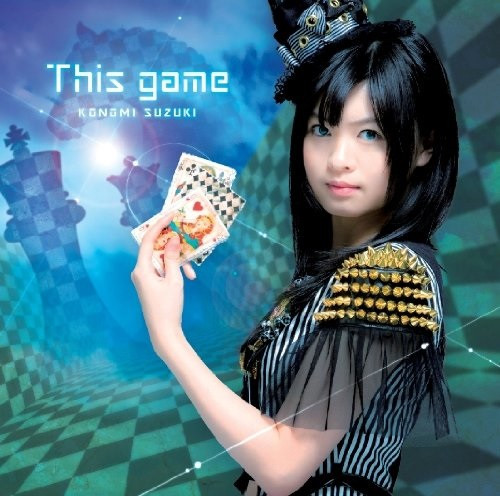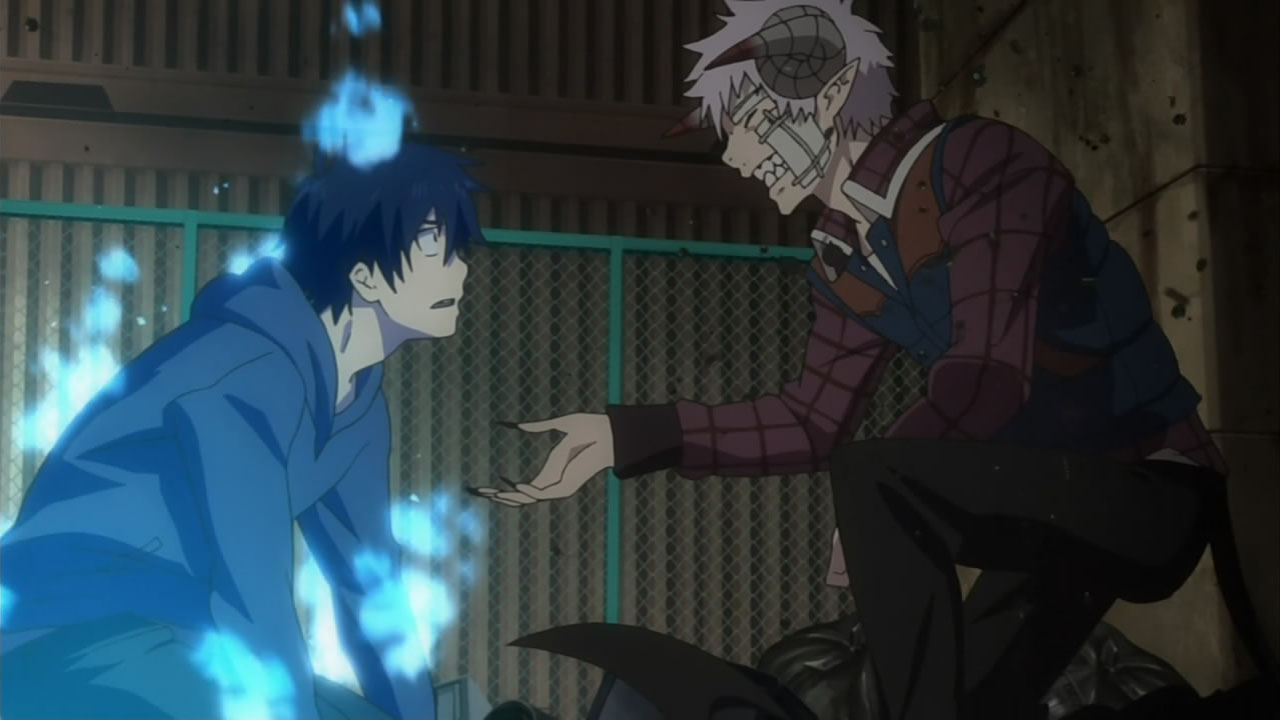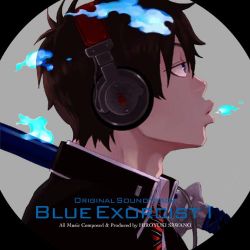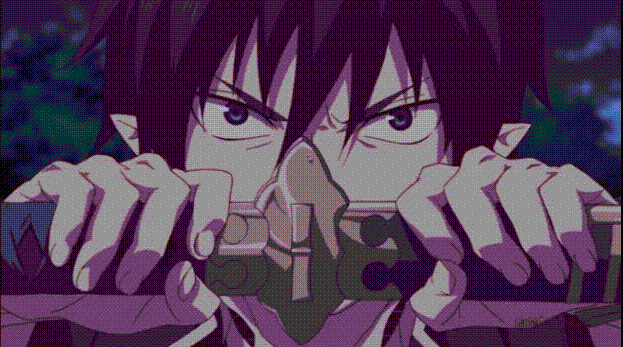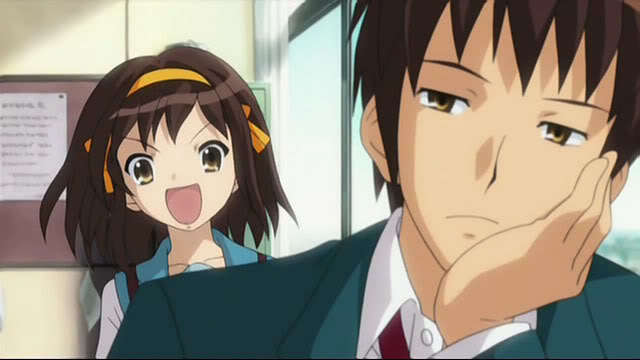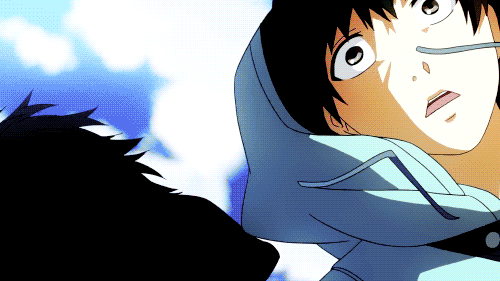If mankind was in a crisis, where we had to defend our lives at any time, against alien-like creatures, what would our main defense be? Most likely walls, artillery, and experienced soldiers. But when the threat is a parasitic virus, that infects the host, and turns them into large, insect-like creatures, the threat becomes more dangerous. The virus could destroy mankind from the inside-out, inside walls, where escape is impossible. When said virus, has contaminated a large number of young girls, who are living with the virus, are the only hope to save humanity, drawing back means certain defeat. In the world of Black Bullet, city regions are surrounded with immense walls, made of Varanium, called Monoliths. Varanium is the only metal capable of defeating the Gastrea virus, and is humanity’s only defense from the Gastrea outside of the area. In this world, it’s a game of staying alive, or being a victim of the plague.
The world of Black Bullet is set in the year 2021, with a scenario where humanity has been forced into a reality where a parasitic virus has the ability to destroy entire regions from the inside out. Humanity is decimated by the virus, and soon, children born with the Gastrea virus develop superhuman abilities, but are shunned by the population, branded as “monsters” for being different. These children, only young girls, are called the “Cursed Children”. The government proceeds to make use of the girls’ supernatural abilities, and teams each girl with a Promoter; a social officer trained to lead the cursed children. These pairs, made of a Promoter and an Initiator, (the Cursed Children), are used to fight against the Gastrea, and prevent the developed forms of the virus from destroying mankind. Ten years after the epidemic started, high school student, and Promoter, Rentaro Satomi, and his Initiator, Enju Aihara, are thrust into the front lines of humanity’s fight against the Gastrea. The story begins when Rentaro is sent to investigate the scene of an accident, where the roof is leaking blood into the apartment below. Upon opening the door to the apartment above, he is confronted by a masked man, confessing that he indeed killed the two men behind them, and escapes after answering a suspicious phone call. This masked man becomes the main target for investigation, along with cases of the Gastrea virus within the Tokyo Area. Through the series, the story starts feeling extremely rushed, and the pacing is inconsistent, making you wish that they would slow down, and explain the more important moments of the series. This pacing leaves large plot holes at the end of the series, and for a 13 episode series, leaves much to cover. A second season is needed, but is nowhere in sight as of now.
Our main protagonists, Rentaro Satomi, and Enju Aihara, are one of the many Promoter/Initiator pairs. Rentaro is a kind, and caring person, who treats everyone as being equal, and hates seeing the Cursed Children being abused by the rest of society just for being different. As a child, Rentaro was orphaned, and lost his right leg, right arm, and left eye, in an attempt to save Kisara Tendo, his childhood friend. He was saved by Sumire’s “New Human Creation Plan”, which replaced his lost limbs and eye with artificial ones made of varanium, making him one of the mechanical soldiers made to fight Gastrea. Enju is Rentaro’s ten year old Initiator. She is kind, friendly, and cannot stand to see other girls like her being abused or mistreated because of the Gastrea blood running through their veins. Enju cannot hold grudges easily, and prefers to give her enemies a second chance if she can see the good inside of them. As Enju is one of the Cursed Children, the virus steadily keeps corroding her body, soon reaching the point where she will be taken by the virus, and turned into a Gastrea. Because of this, many Cursed Children live life to its fullest, and do not trust humans, in fear that they will only kill them due to their Gastrea blood. At first, Enju held onto these same emotions, attacking Rentaro when she was assigned as his Initiator, but eventually starting to trust humans, and become more comfortable with working for the Tendo Civil Security Corporation with Rentaro. The pair get along well, and are constantly on their toes for a larger mission, to get promoted to a higher rank. They are both crafty, and can get out of tight situations efficiently, as seen in battles with multiple Gastrea. As for side characters, they do not receive too much character development, and again, the length of the series does not help. Main character development is done well, yet more is to be desired.
The soundtrack for Black Bullet was done by Shiro Sagisu, a composer known for the soundtracks of Magi, and the Evangelion franchise. The pieces in the soundtrack are done well, and fit the tone of the series well. Nothing was too jarring, and the little electronic that there was in the series complimented the futuristic atmosphere of Black Bullet perfectly. As for the dubs, the Japanese dub worked well to portray the personalities of the characters, and of course, Yuki Kaji as Rentaro brings images of characters of other series, but this added to the effect of his character. No English dub has been announced yet, may not be done, due to being licensed by Sentai Filmworks. As for openings and endings, the opening, black bullet, by Fripside, fit the series perfectly, and was upbeat to get you hyped for the show. The ending, Tokohana, by Nagi Yanagi, fit well, and left something to expect for the next episode. Overall, the music fit nicely with the series.
The animation for Black Bullet was done by Kinema Citrus, known for works such as Code:Breaker, and Tokyo Magnitude 8.0. The studio has not done too many series, but the animation for Black Bullet was done extremely well. Action scenes were smooth, and CG in the series was not jarring, and blended in nicely with the rest of the animation. Character designs were done well, and used a large variety of shades and highlights with each character. Backgrounds looked great, and complimented the action and characters nicely.
Overall, Black Bullet is an enjoyable and action-packed series, however has large flaws in the story and characters departments, that would be hopefully fixed if the show ends up getting a second season. So, considering the categories of sound, animation, story, characters, and my personal enjoyment, Black Bullet receives an overall score of 8.58 out of 10, and a recommendation to stream rather than buy. As enjoyable as the series is, the major flaws cannot be overlooked, thus giving it a recommendation to stream the show. Black Bullet is available for legal streaming on Crunchyroll, and will soon have DVD and Blu-Ray releases from Sentai Filmworks.
And that’s a wrap up, thank you for reading. Reviews will be posted daily through the month of November, so stay tuned!
-Takami








